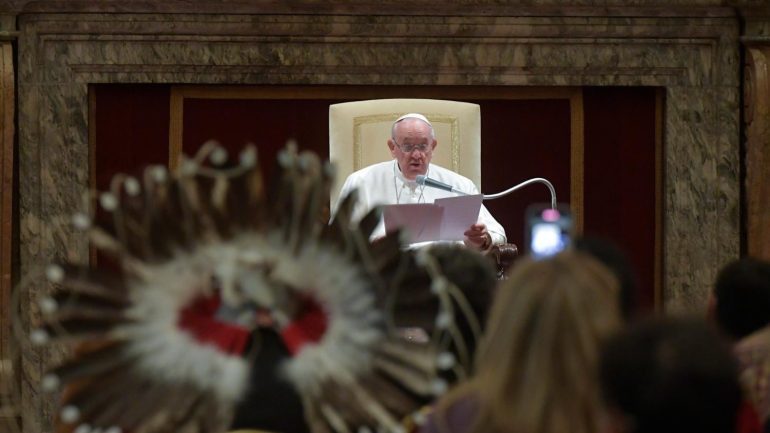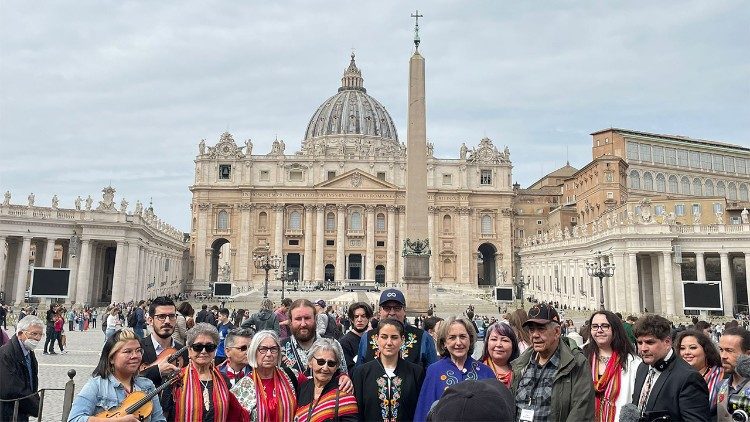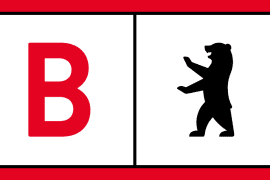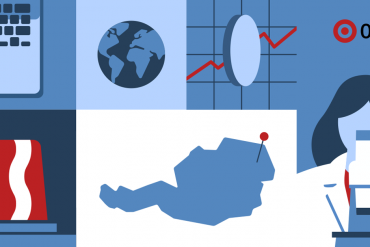Following John Paul II in 1984, 1987 and 2002, Pope Francis would visit Canadian soil from 24–30 July, and in particular indigenous territories. What the Pope calls a pilgrimage of asceticism – and thus a historic journey to meet communities suffering decades of assimilation, forced oppression and discrimination.
Marine Henriette and Christine Seuss – Vatican City
The focus of the Pope’s visit to Canada is “reconciliation and healing”: insists Raymond Poisson, Bishop of Saint-Jerome-Mont-Laurier and president of the Canadian Bishops’ Conference, in an interview with Vatican Radio. However, the Pope’s historic visit is part of a series of gestures that the country’s bishops have increasingly launched since September last year “for an atmosphere of reconciliation with our indigenous brothers and sisters”, underlines Poisson . It is important to work through a “dark period in our Canadian history”, particularly in relation to boarding schools for Indigenous peoples, which are also run by Catholic communities, and neglect indigenous culture and living space. . For this, several steps have been taken towards reconciliation on the ground:
“We initially started working with them with local listening groups. Then, from December 2019, I spoke to the Holy Fathers about the possibility of a delegation to Rome and the possibility of him visiting the country. The visit had already been requested by the government-led Royal Truth and Reconciliation Commission (KVR) in 2015; The Pope had shown himself to be very enthusiastic at that time. After being postponed twice due to the coronavirus pandemic, the local delegation traveled to the Vatican in March this year. The first gesture of reconciliation turned out to be concrete and postponing it twice has fueled interest in this delegation among our indigenous brothers and sisters. ,
long planned encounter
A total of about 150 participants came together in a joint audience at the Vatican for three groups of recognized indigenous peoples in Canada, the First Nations, the Inuit and the Métis. “So this was an opportunity for the Pope to hear the testimony of survivors from the elderly and the young,” Poisson insists: “Then he himself took the floor and asked us about the abuses committed by members of the Canadian bishops in this country. The church at the time history was committed to forgiveness. The journey is part of this process and comes to another gesture. It makes gestures of reconciliation, perhaps more reconciliation than forgiveness, by the mere fact that it is happening here. “
This is a factor that should not be underestimated, emphasizes the Canadian bishop. Because indigenous people have a “strong bond” to their territory that goes far beyond the Western concept of their own home. Because to him, the country represents a “collective, sectarian” place, an area that is “very close to nature”: “so that the Pope may come to walk on this land with his feet and say to them: ‘I am with you. I love you and we are all sorry for what happened’ is very important.”
A gesture that occurred during the visit of the First Nations to the Vatican should also be read in this context: on this occasion, indigenous representatives presented a traditional cradle to the Pope, but the next day Francis asked Bishop Poisson to return the cradle. Give it to the indigenous people. “The purpose of the piece at the Cradle of Delegation was to describe and symbolize the problem children in Aboriginal boarding schools are facing,” Poisson explains. He later spoke to the Pope about the gesture and Francis asked him to return the memory to the First Nations. “A way of saying, ‘I will come myself to see these places, to talk to you, and to hear you again.’ I don’t know if the cradle will happen again in the next meetings.”
A total of four apparent encounters with indigenous peoples are planned for the six-day trip. The Pope’s planned meeting with survivors on the school grounds on Friday in Equalit, large masses that will also include elements of Indigenous tradition such as dance and music, and pilgrimages by indigenous and non-Indigenous peoples. The feast of Saint Anne at Lac Saint Anna on the first day of the occasion visit is a “concrete sign of reconciliation” that may give impetus to further joint projects with the indigenous people, the bishops are hopeful: “We have a fund for each other, their 30 million Canadian dollars was set aside for projects to explore culture, their spirituality and their history because it is Canadian society as a whole that is a bit out of line with the reality of our indigenous brothers and sisters and vice versa. We cannot say that we We know a lot about each other. There is much to be done and the Holy Father’s visit will help us in this.”
Altogether, there are more than 600 indigenous communities in Canada, including more than 60 First Nations, the Metis, who are organized into a national federation, and the Inuit, states the president of the Episcopal Conference. “Not all these peoples have the same culture, the same language, everyone is different. For organizing the trip we turn to three national organizations in which the First Nations, the Metis and the Inuit are united. Each bishop of their diocese has Have ties to the community living in your area.”
relationships develop differently
In western Canada, indigenous communities are much more concentrated than in the east, so relationships vary by location, Poisson explains. In general, however, the Pope is expected everywhere “rather enthusiastically and positively”. Even though not everyone could attend the meetings for military reasons, there was great interest in the Pope’s visit in the communities.
“There are other challenges at the level of national organizations. In a crisis like Canada, the federal government is also involved in government policy. So we are working hand in hand with the government to fulfill these gestures of reconciliation. However, the church naturally follows a different approach, including being closer to the people on the ground and also with the missionaries and communities on the reservation. “But in a different way, we give more space to their culture and spirituality and dare to honor that history,” Poisson says.
move forward without forgetting the past
The Royal Commission, which was responsible for investigating abuse at state-funded residential schools, had demanded a visit from the pope and an apology from the outset, the Canadian bishop explained. “It is done now and we can move on. Without forgetting what happened yesterday, without forgetting the importance of forgiveness. We must move towards concrete gestures of reconciliation, thus for life, for life for today and for life of tomorrow, hence our reserve for projects. I think the visit of the Pope will allow us to turn a page of the book that no one closes, which no one forgets – and will allow us to write a new page with new projects. We have to think of a different discourse, which is the discourse of the future. In this sense, the Church is a ministry to Canadian society, as all Canadian society needs to be reconciled.”
The consequences of the Indian Act of 1876, which still discriminates against the legal status of indigenous peoples in Canada, are particularly painful. Although he “could not have imagined that the Church was involved in the implementation of these laws,” Poisson says. “However, we were involved in the day-to-day management of the boarding schools. The system was state and federal. In Indian laws as well as laws governing the administration of territories and reservations, the Church has been present in the sense that it stands with the native people. ,
Although the congregation was in no way responsible for the laws themselves, the bishops would like to emphasize this. But he hopes the “conciliation gestures” that are currently being made will prompt the government to reconsider as well, and that indigenous populations will be given access to clean water and education: “We will take this path together.” are accordingly our special responsibility.”
(Vatican News)

Devoted web advocate. Bacon scholar. Internet lover. Passionate twitteraholic. Unable to type with boxing gloves on. Lifelong beer fanatic.






